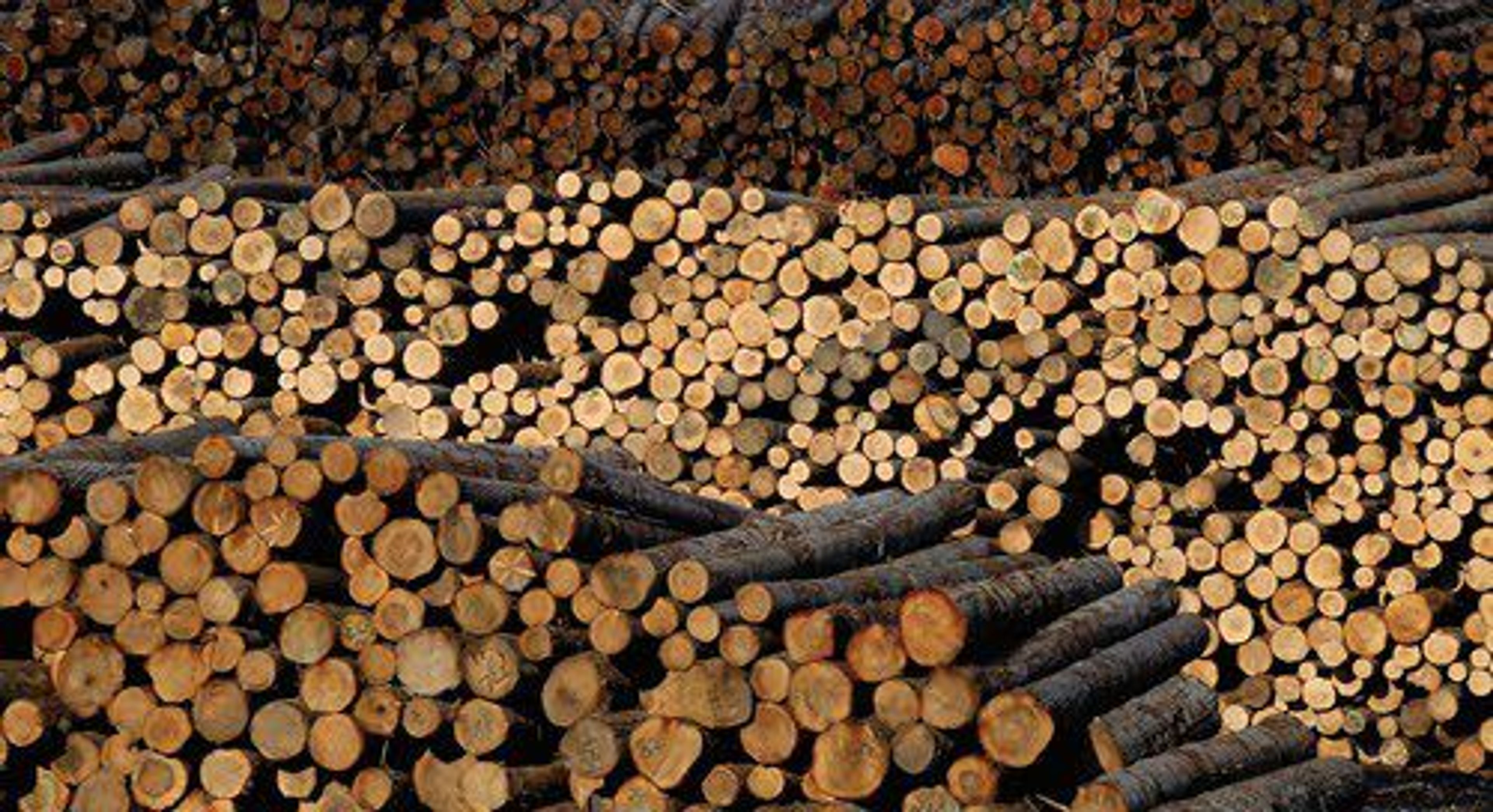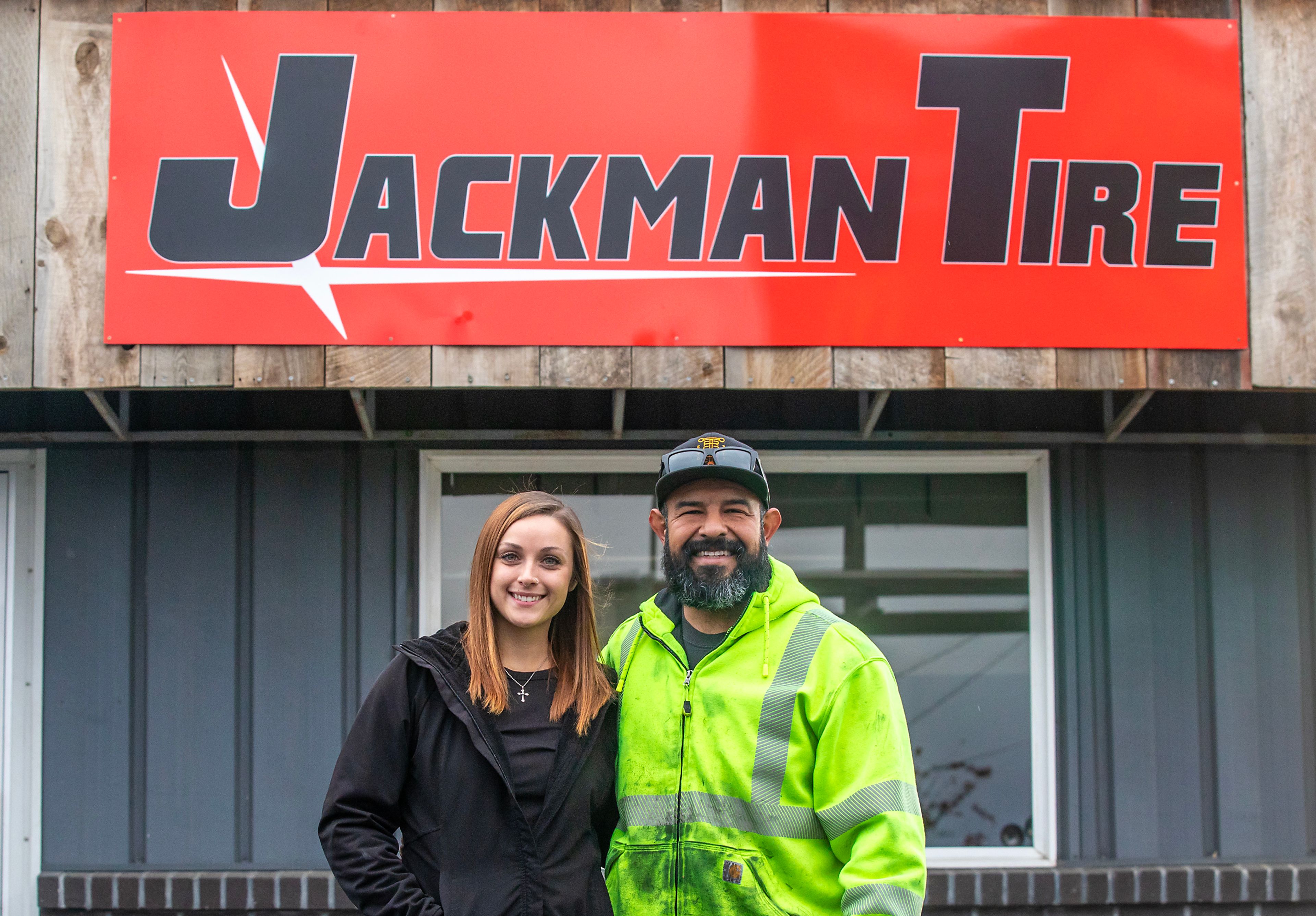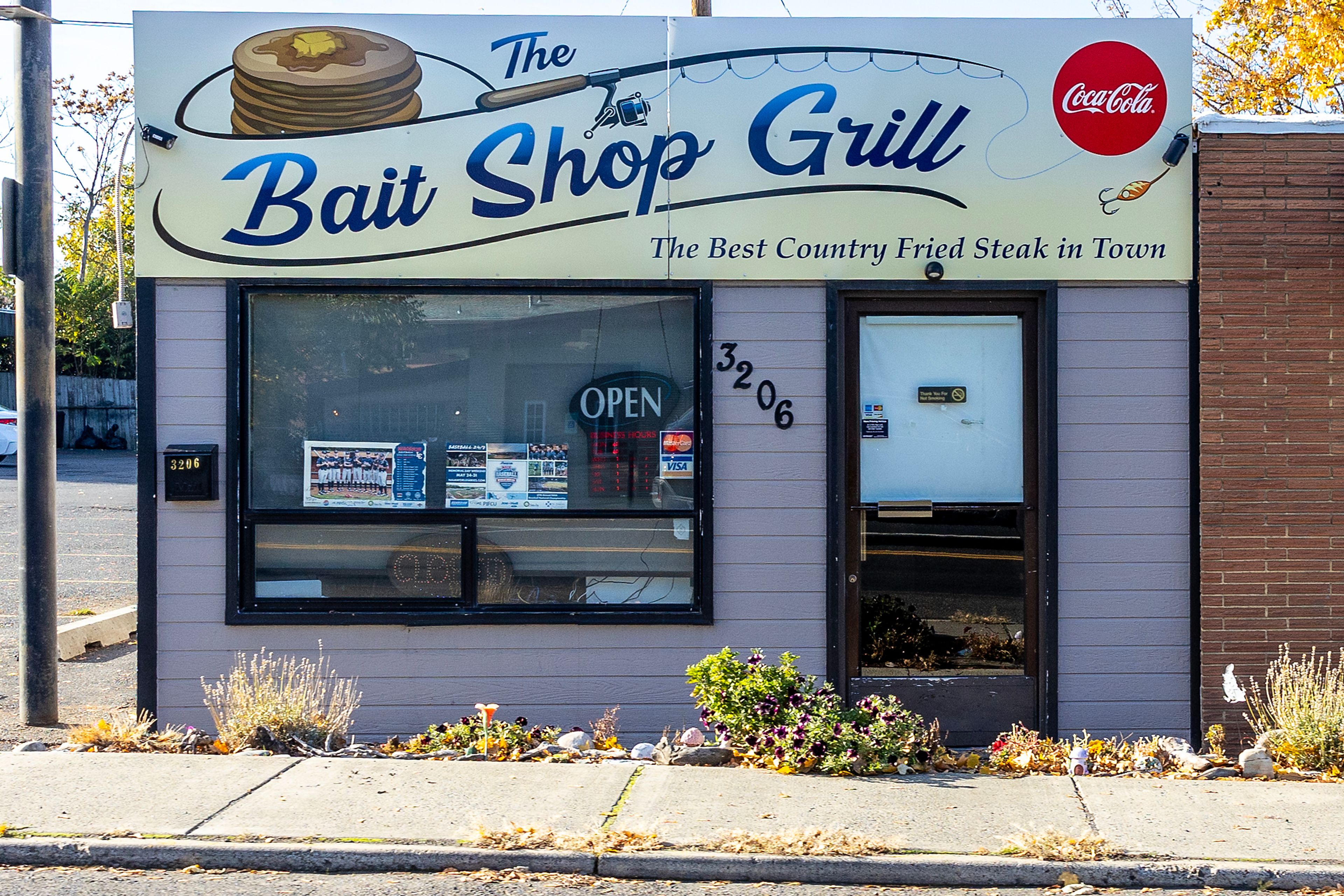Making a living on lumber
Idaho Forest Group looks to the present and future seeking sustainable growth
MOSCOW - The market price for lumber is at an all time high, but one of the nation's top lumber executives doesn't expect it to stay that way for long.
Idaho Forest Group CEO Marc Brinkmeyer predicts a $100-per-1,000-board-foot decline in lumber prices - a 20 percent dip - as more Canadian wood enters the market in coming months.
Last summer, fires dramatically reduced the amount of lumber imports into the United States from its northern neighbor. But that volume is expected to rise when logging season starts in May, Brinkmeyer said in recent remarks.
A total of six new mills are being built in the southern part of Canada, bringing the total in that region to 57 and adding 11/2 billion of board feet to capacity, said Brinkmeyer, who leads one of the nation's biggest lumber manufacturers.
"Keep in mind, Canada's forests are for jobs. It's a whole different philosophy than how we operate here," Brinkmeyer said.
A private company, Idaho Forest Group is careful in what it shares about its business. But the company allowed the Tribune to cover Brinkmeyer's recent speech to contractors at the University of Idaho. The following are questions and answers based on what he said:
What is happening in the lumber market right now?
Marc Brinkmeyer: The market's hot. It's starting to tip over. Purely based on shelter and construction going forward, we see things strong out through 2019. No one is really willing to take on 2020 because we're going to be into an election year.
A total of 1.13 million houses are anticipated to be built in 2019 in the United States, 255,000 more than this year, according to the Western Wood Products Association.
The number of apartment complexes being constructed annually is expected to drop from about 425,000 this year to 402,000 in 2019, according to the association.
More than 53 billion board feet of lumber will be needed to meet that demand in 2019, and United States production is forecast at 36 billion board feet in 2019, according to the association.
Idaho Forest Group acquired one mill at the end of 2017 and is closing on a second this month.
What do Idaho Forest Group's holdings look like with those additions?
MB: In December, we closed on Tricon Timber's stud mill in St Regis, Mont. It's a single-shift operation, and we're hopeful by the 2020 logging season we can move into two shifts. In April, we will be closing on the purchase Merritt Bros. Lumber Co.'s finger-joint operation in Athol. (At finger-joint operations, teeth are cut into wood so segments can be connected like puzzle pieces without nails or screws.)
We have roughly 8 to 9 percent of low-grade lumber. The difference between the price we can get for low-grade and what other lumber sells for is too far. Now we're going to go in and do value added. The first step is finger joint. We need to learn that.
Idaho Forest Group also has mills in Lewiston, Grangeville, Athol, near Bonners Ferry and near Priest River.
Idaho Forest Group uses a CT scanner at its Lewiston mill. How is this a game changer?
MB: It allows us to saw from the inside out. We know where defects are before we saw logs. We can isolate them and increase our yield. That's the whole reason for it. Placement of knots in a piece of lumber affects the structural integrity. If it's an edge knot, it's a problem. If we can center that knot elsewhere or bury the size of the rectangle to maintain structural integrity, we can pick up margin.
Idaho Forest Group has established a relationship with a company called Katerra that builds apartments, student housing and hotels. What's the significance of that?
MB: Labor is a huge problem with building residences with the challenges of immigration and the shut down of the industry in 2008 and 2009.
Katerra is owned by a group of people out of Menlo Park, Calif. Their goal is to reduce the time and cost of construction. They're going to get there through off-site construction.
They have components that they design, and then they change the facade to whatever the owner wants. They bring in trusses that are 2 feet deep, 20 feet wide and four-stories tall. They have all the electrical, water, waste and gas. They stand them up on site with a crane and then add other rooms. That's how they're getting the efficiencies in building these units.
They had 50 employees 18 months ago. They have 1,500 employees today. We've put together an agreement with them evaluating our species for their process. Their three top people were hosted in Lewiston. They're interested in a relationship with us, which is undefined. We're not quite sure where it's going to go.
They're building a plant in Spokane Valley. (The factory will make cross-laminated timber, an engineered product from scrap wood that can replace concrete and steel in high-rise buildings, according to the Spokesman Review. It will be 250,000 square feet and employ 150 initially, according to the newspaper.)
What potential does wood waste have as jet fuel?
MB: We're working with the University of California Berkeley. When you look at the molecular aspects of petroleum and compare them to wood, they're identical. The school helped manufacture biojet fuel for Alaska Airlines. When compared to petroleum, ethanol out of wood fiber is purer and more desirable. Where this is all going to go? I don't know, but we're spending a lot of time on it. This is disruptive technology.
What do you see in the more distant future for your industry?
MB: The world is going to have more impact on us than we think. We know for example under current birth rates the population on the globe by 2050 is going to be somewhere between 10 billion and 11 billion people. We need shelter for those people. But more importantly, what's going to impact us is the change in the middle class. Today, 50 percent of the middle class on the planet is Europe and North America. In about 2040 to 2050, that's going to shift, and North America and Europe are going to be about 20 percent of the middle class. Asia and India are going to be about 70 percent. When you're making long term capital investments, those are things you need to pay attention to.
Williams may be contacted at ewilliam@lmtribune.com or (208) 848-2261.










